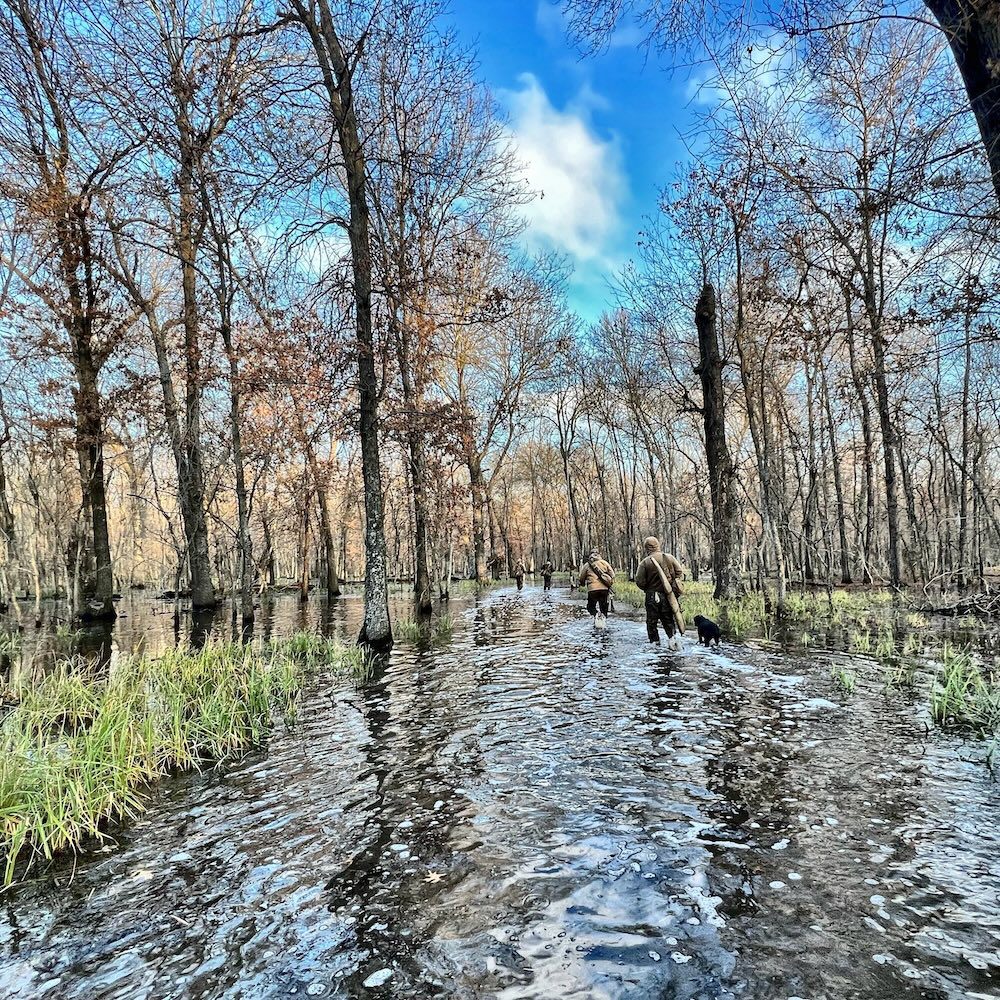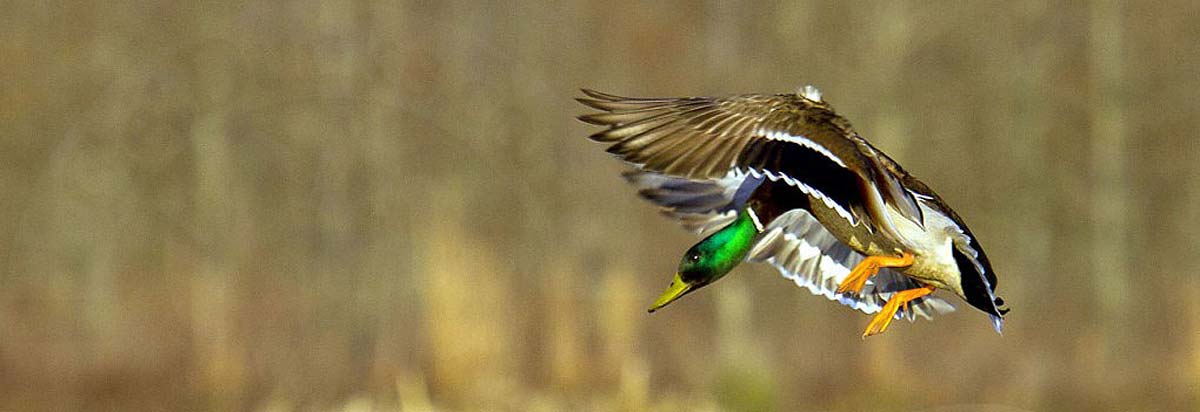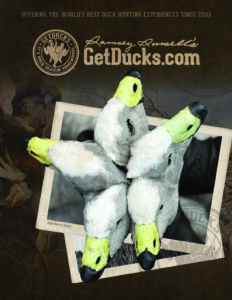The Greentree Reservoir Management Dilemma

The following paper was written about 30 years ago while in graduate school at Mississippi State University, but is as relevant today as ever. Never more so than in Arkansas, where flooded green timber is synonymous with public land hunting. Wildlife habitat managers are facing a true dilemma. After many years of mismanagement due to antiquated or poorly designed water control structures, the health and vigor of bottomland hardwoods with state and federal greentree reservoirs have declined greatly. Advanced regeneration of southern red oak species–those species that produce nutrition for wintering waterfowl in the form of acorns–is necessary to ensure that this component exists in the future. There’s no quick fix. As described in the link below, timber thinning (to increase sunlight) and dry seasons (to mimic site-specific hydroperiod) is required. That takes time that’s measured in years, not weeks or days. Consequently, what are we waterfowl hunters to do? Where shall we hunt during the interim? Do we destroy these bottomland hardwood habitats for our own self interests or make sacrifices for future generations?
Greentree reservoir (GTR) management is a strategy that typically consists of impounding a bottomland hardwood stand with levees and seasonally flooding the living hardwood trees to provide waterfowl habitat (Wigley and Filer 1989) and to enhance timber production (Newling 1981). Landowners near Stuttgart, Arkansas, initiated the practice during the 1930s solely for the purpose of enhancing waterfowl hunting opportunities on their property (Hunter 1978).
An estimated 80% of Mississippi Alluvial Valley forested wetland acreage has been lost to agriculture and human development (Baldassare and Bolen 1994); hence, GTRs play an increasingly priceless role in migrating and wintering habitat for waterfowl, particularly mallards (Anas platyrhynchos) and wood ducks (Aix sponsa). Waterfowl obtain carbohydrate‑ and protein‑rich forage from these habitats (Heitmeyer 1985, Wehrle et al. 1995). Forested wetland structure also affords waterfowl sites for cover, refuge, and behavioral activities (Heitmeyer 1985).
Most GTRs are flooded only during the fall and winter dormant season, and increased woody stem growth has been demonstrated. Recent studies of GTRs have shown, however, that consistent flooding during the dormant season for many years may decrease mast production and adversely affect growth rates, vigor, and regeneration of timber. There is convincing evidence that current GTR management practices promote a shift in vegetation towards more water‑tolerant species (Newling 1981, Young et al. 1995) and increase problems with water stress in red oaks (King 1995, Young et al. 1995). Therein lies the GTR management dilemma: both diminishing waterfowl habitat quality and decreasing productivity of commercially valuable hardwood timber may be an end result of otherwise well‑intended management efforts.
Read More: The Greentree Reservoir Management Dilemma: A Literature Review (Russell, 1996)







